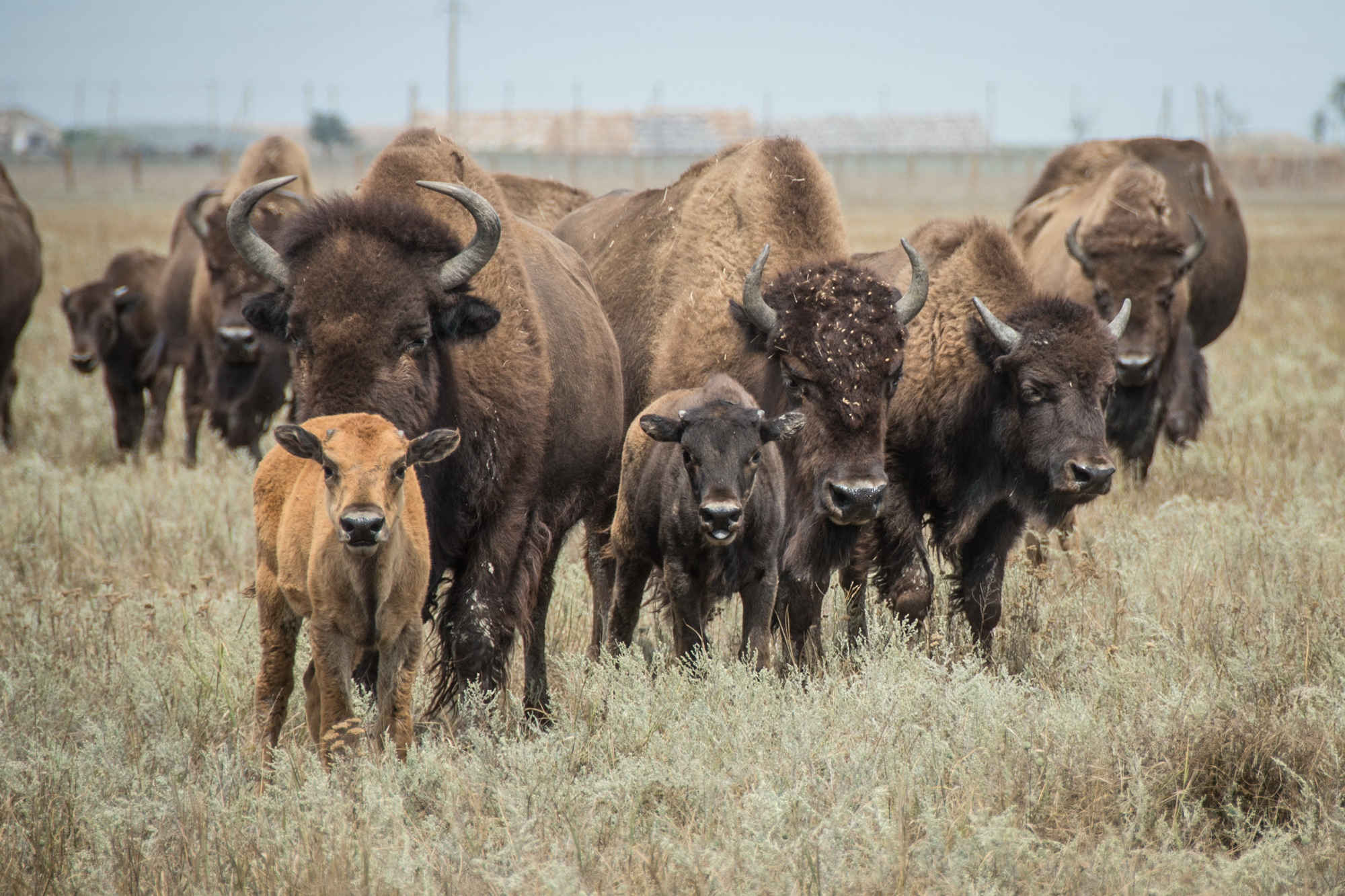Askania-Nova is a true wonder not only for Pryazovia but also for all of Ukraine. It’s one of the oldest biosphere reserves on the planet and the biggest European steppe protected territory. Local ecosystems have more than 500 species of higher plants and more than 3,000 species of animals. In 1984, UNESCO added Askania to the World Network of Biosphere Reserves (WNBR).
Behind all those titles is lots of work by many people, from the founders to those who take care of the reserve today, including some tasks that need to be solved as soon as possible.
The cornerstone of the Askania-Nova reserve was settled by a descendant of German colonists, Baron Friedrich Faltz-Fein, in 1874. After 17-year-old Friedrich, who had a deep interest in nature, successfully passed entrance exams to the gymnasium (a school that prepared students for university), his parents decided to give him a present — an aviary for birds. Later, steppe animals began to appear in the yard.
As Friedrich got older, he noticed that sheep he had for sale were destroying the steppe plants in the region, and he decided to keep that part of the steppe in its natural condition. That’s how his hobby became the cause of his life. In 1898, Friedrich was the first in the world to withdraw part of his fields from commercial use and publicly announce the opening of the nature reserve.

He spent almost all of his earnings from selling sheep and fur on developing his reserve. For the first 25 years, he brought kangaroos, ostriches, Australian emus, and Tibetan yaks to his land. And for the first time in the world, Przewalski’s horses were brought to a protected area — Askania-Nova
Of course it’s not so easy to save that kind of heritage. But successors of Baron Faltz-Fein didn’t sit still.In 1919, Askania-Nova got the status of a national reserve park, and at the end of the 20s, there was an organized centre of agricultural and environmental science. In the 30s, on the territory of the reserve, the All-Union Institute for Acclimatization and Hybridization was formed.
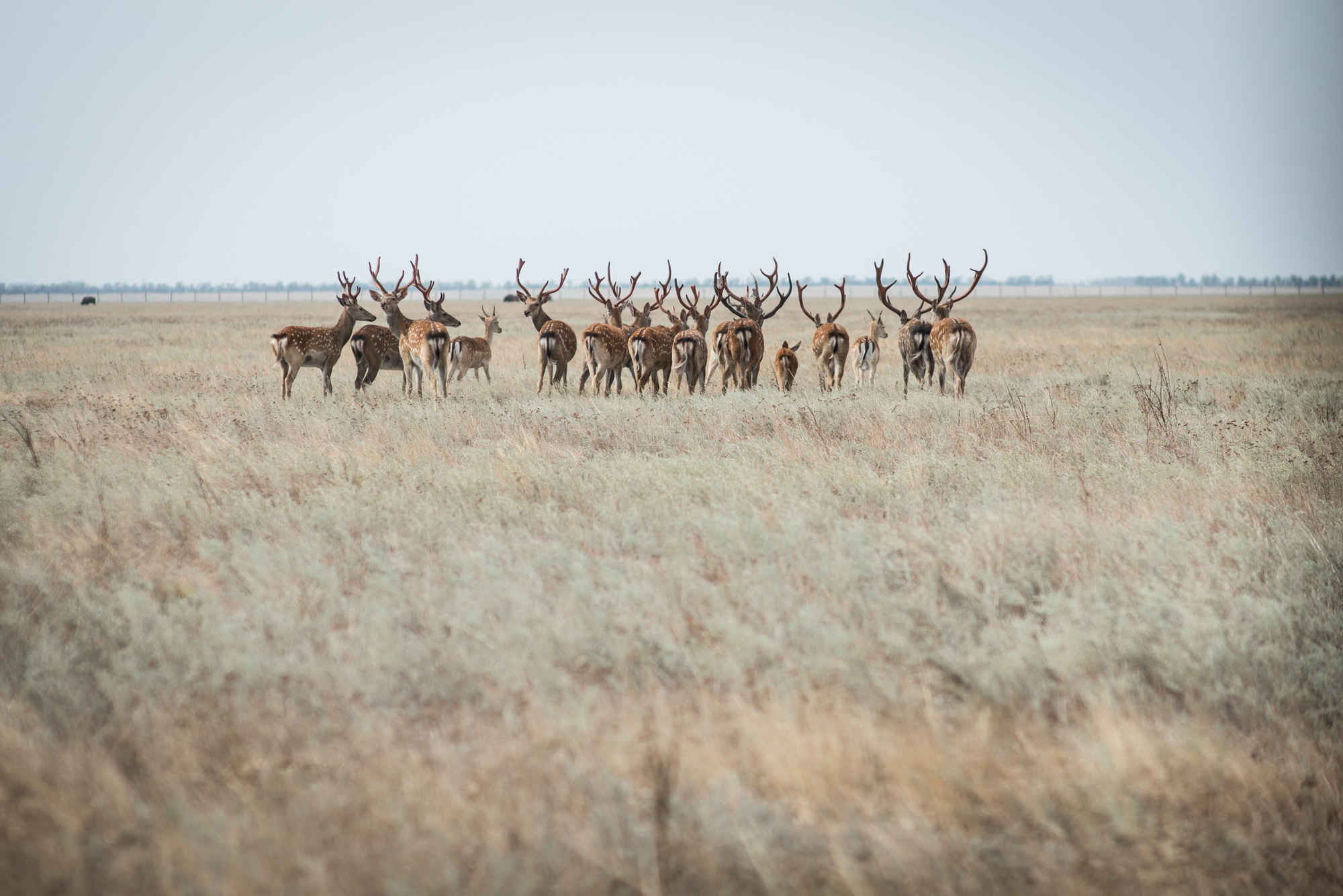
A walk through the reserve
Today, the territory of the reserve is separated into three big sections: North, Big Chapelsky Pod, and South. Also in Askania-Nova, there is a zoo, dendropark, museum of science, botanical garden and ornitopark (aviary).
A walk through Askani-Nova is not a one-day trip. The reserve’s territory has 33,000 hectares. You can walk on foot or travel by car with special guides. The head of the nature reserve, Viktor Havrylenko, has a warning for guests.
— Don’t play with animals in any case if you don’t know their behavior. Ears down means danger.
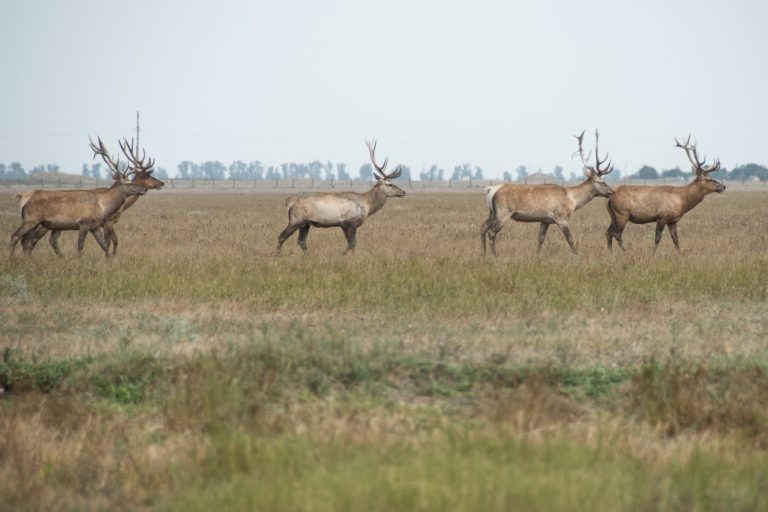
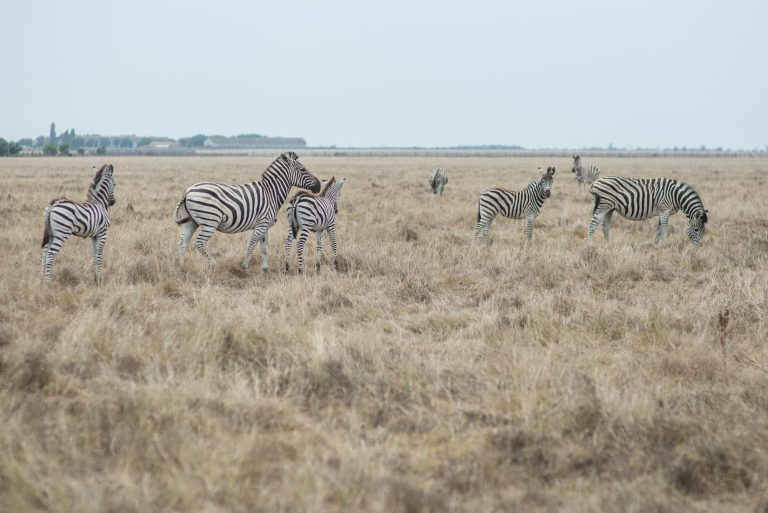
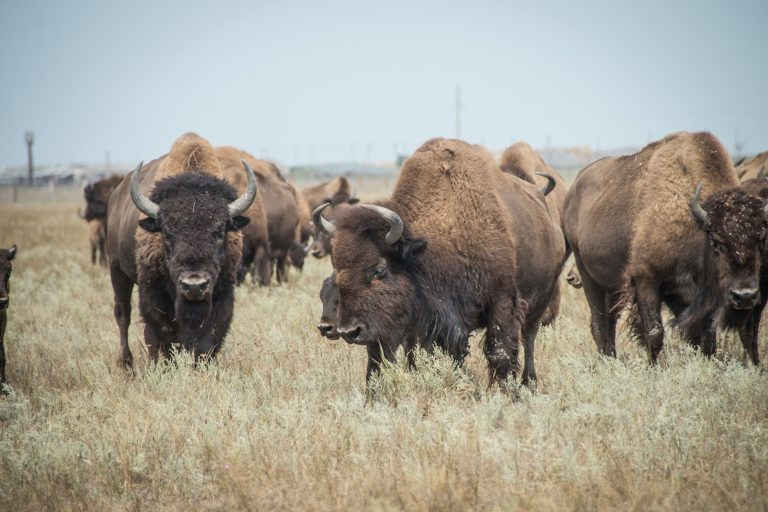
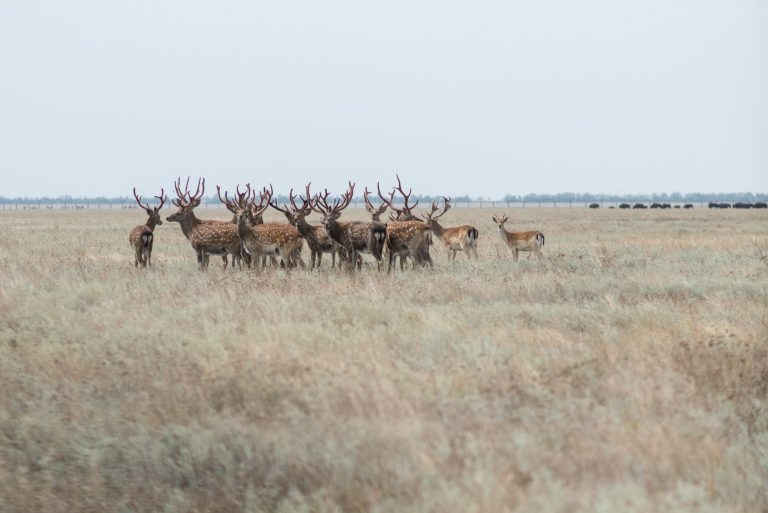
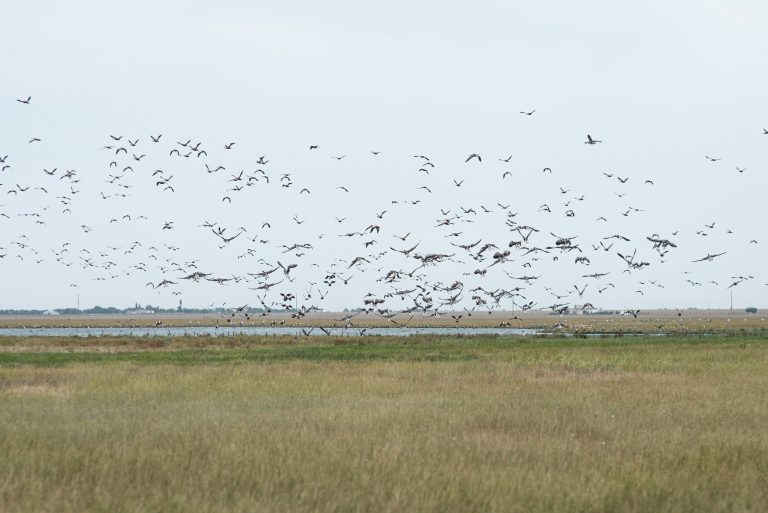
slideshow
The aviary complex of Askania-Nova is not currently open. It contains huge units 6 to12 square metres, and there are no excursions for tourists.
In the beginning, Askania was considered one of the zoos of the future because the animals lived here in conditions really similar to the wild.
— Here you can investigate animal behavior, and there is no need to go somewhere in the South, or Central Africa, or North America,” Viktor says. “Animals can make contact with us.
Excursions to the dendrological park in Askania are a little easier. It has 50,000 hectares. It is a regime territory. Visitors can get in only with excursion guides. Askania’s dendrological park was made in a waterless steppe where it is almost impossible to grow woody plants. That’s why people compare it to an oasis in the desert.
In the dendrological park, you can not only enjoy nature but also touch history. Viktor shows us one of the historical monuments.
— This school has stood here since 1829. We wanted to make here an international volunteers camp together with ambassadors from Ketten.
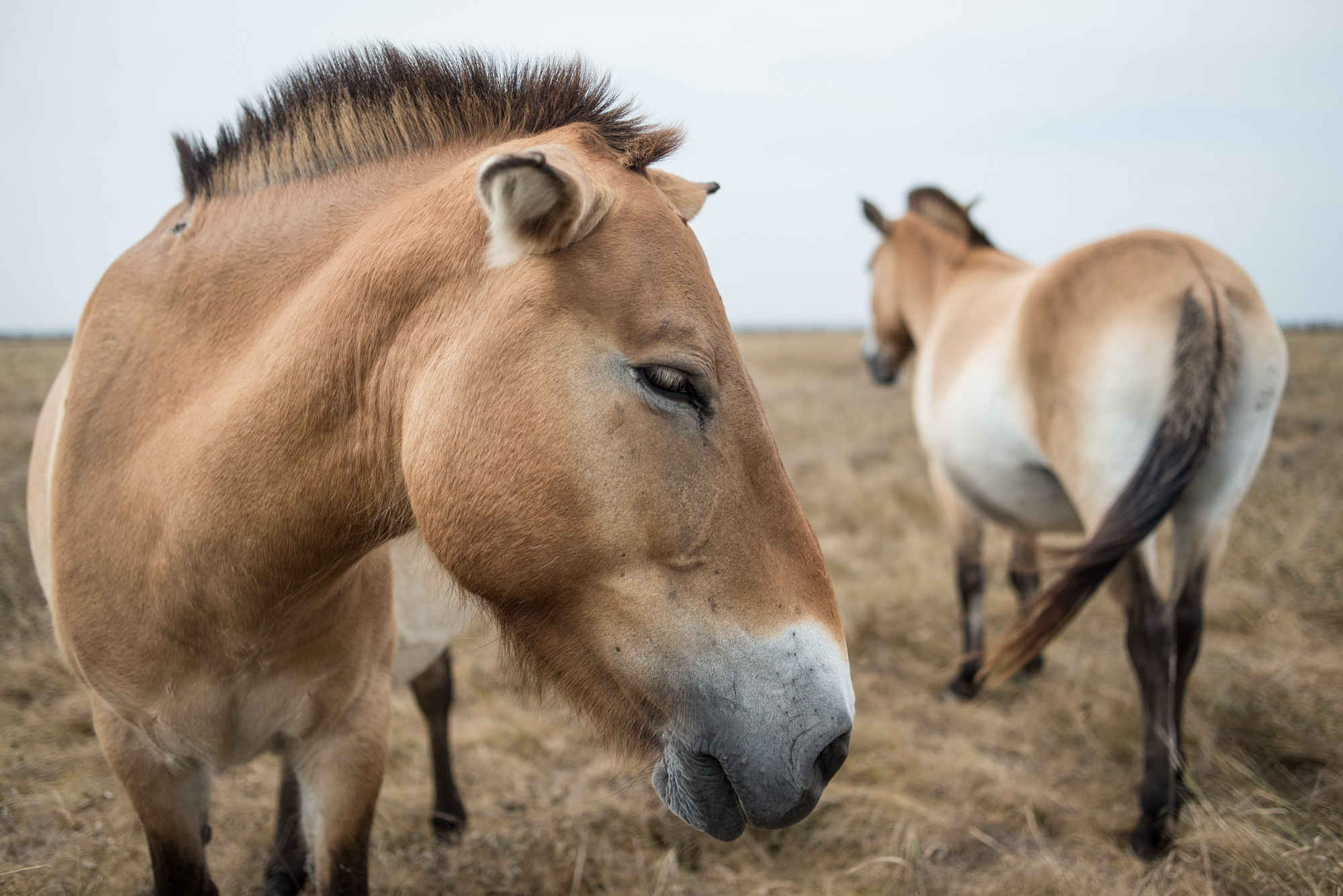
Wild Przewalski’s horses
Velykyi Chapelskii Pid is a fenced territory of steppe reserve that has 24,000 hectares. Most of the year, herds of wild ungulates graze on the pasture, including Przewalski’s horses, Burchell’s zebras, different types of antelopes, and zebras. Viktor laughs — there are double locks on the gates because the animals learned how to unlock them.
On the territory of Chapelskii Pid lives the biggest population of Przewalski’s horses. They were brought here in 1899. Friedrich Faltz-Fein wanted to bring this wild horse to the steppe of Ukraine. It is from here they got to Europe and then to other countries in the world. At the beginning of the 1960s the horses of Przewalski disappeared from the wild. But they were still populating at Askania-Nova.
— Where else you can walk around like this? They are real wild horses! When I entered the reserve in 1990, we had 130 horses. Now we have 67. We stopped populating them because we have a huge load of other kinds of ungulates.
In 1998, the workers of the biospheric reserve made the Program for Creating a Natural Population of Przewalski’s Horses In Chornobyl NPP Area, and some of the horses were sent there. Askania-Nova has also given a significant number of these horses, a rare animal species, to reserves around the world.
The director is convinced that if these animals were in demand, it wouldn’t be a problem to increase their population. However, there is no threat of extinction for this species for now.
Przewalski’s horses are unique in that they are really adaptable to living in the wild.
— Here we have protecting construction made from reeds. It’s enough for the horses to live here during the whole year.
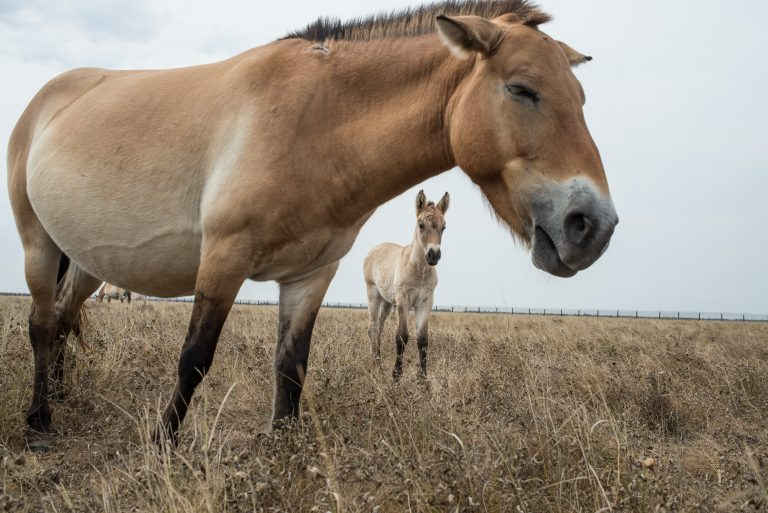
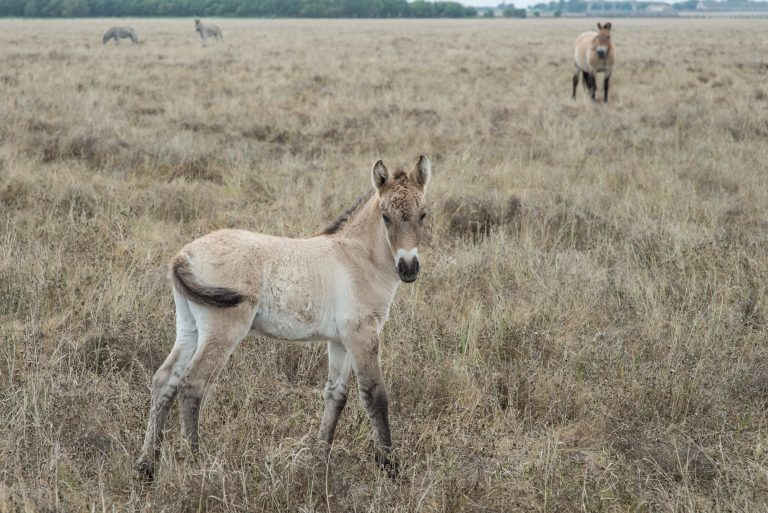
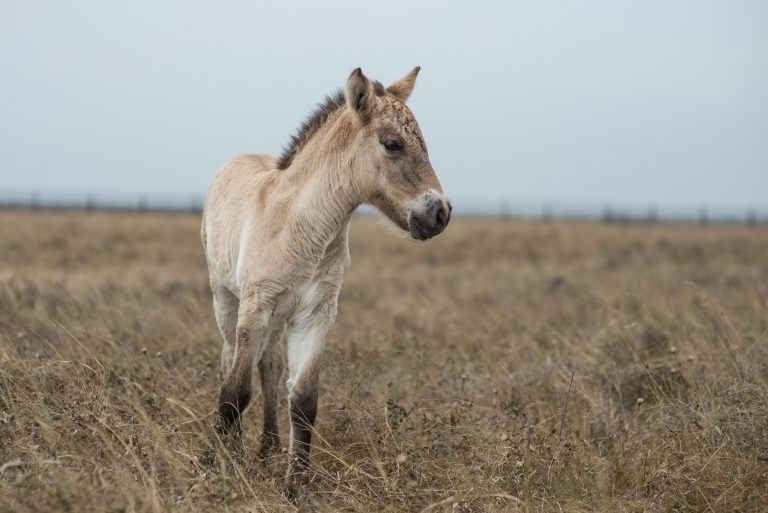
slideshow
Viktor says if animals multiply it means that they live in good conditions.
The diversity of birds nesting on the reserve or stopping here during seasonal migrations is pretty impressive. Here we have white and black swans, flamingos, cranes, grey partridges, and steppe eagles. African ostriches, emus, nandus, great bustards, pheasants, peacocks, and parrots live in the aviary.
The director boasts about the brown ruddy shelducks that the reserve saved, since it’s a species included in the Red Book of Ukraine. There are only 32 pairs of them left in Ukraine. Viktor gives special care to the endangered species of animals and birds.
— What we can do with the nature that made for us this environment for existing? No matter where people live — in the North or the South — they have an influence on the environment. And how much we’ll be able to teach people to take care about the environment depends on future generations.
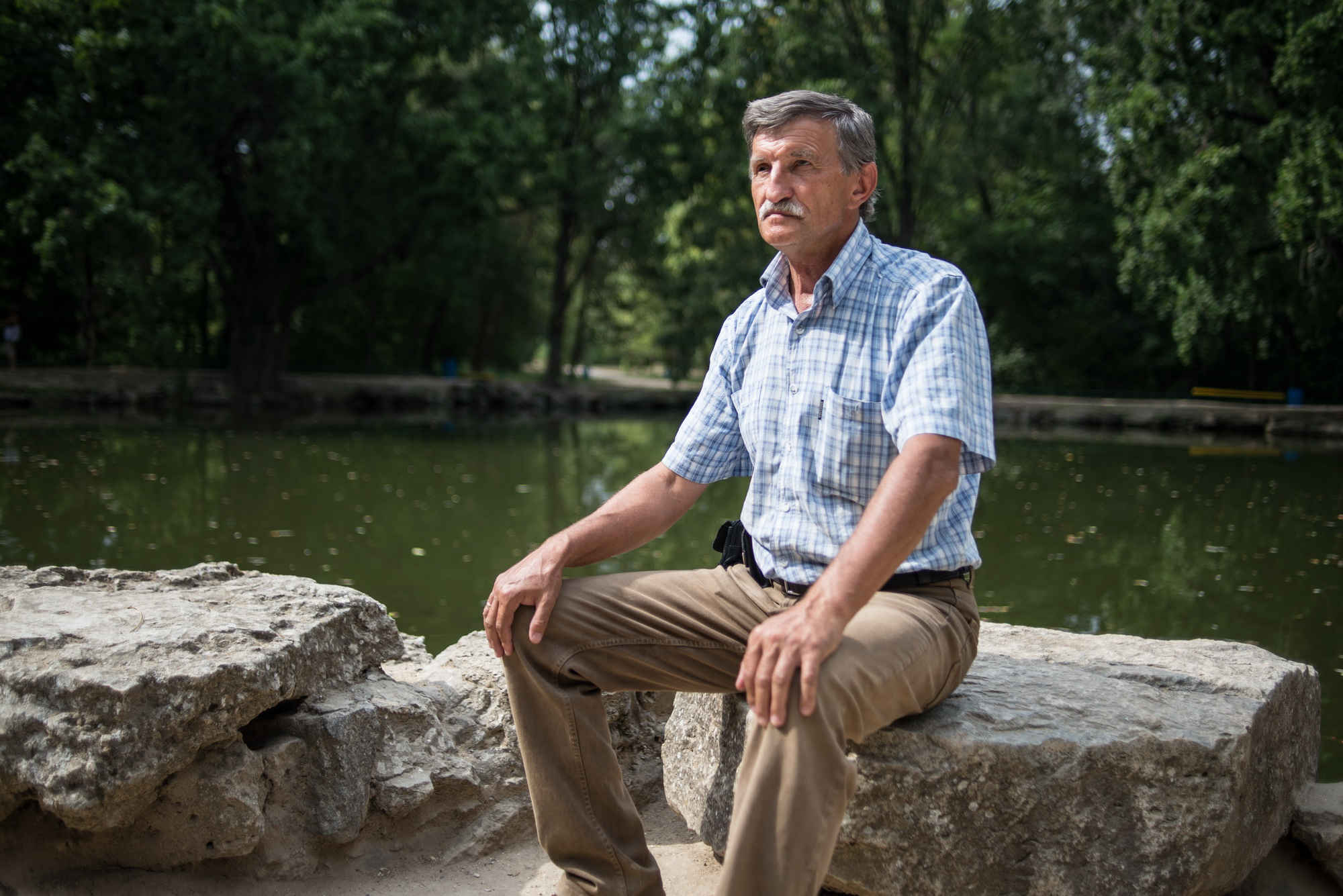
Bison
How did the American bison species come to Ukraine? A couple of centuries ago, bison were extinct in the United States, so Friedrich Faltz-Fein decided to take some of these animals from their original environment to Askania. They got accustomed up here, and their population increased. The case was made. Meanwhile in the U.S., new anti-poaching laws have been passed but the herd of American bison that Friedrich brought to Ukraine remains the only one in Europe.
Money for water
Irrigation is one of the important problems in the steppe region. As Viktor Havrylenko said, it requires a lot of money. A separate financial article of Askania-Nova is the system of special water supply that was settled on the reserve’s territory in Soviet times, and at the old park territory it was done even earlier — in the times of Friedrich. Engineers planned to soften the local climate. To fill up lakes and ponds and to use in irrigation, 1,600,000 cubic metres of artesian water is required every year:
— In 2017 the Ministry of Finances gave us 12 billions hryvnias. Of course this amount of money is not enough for the full functionality of the biospheric reserve.
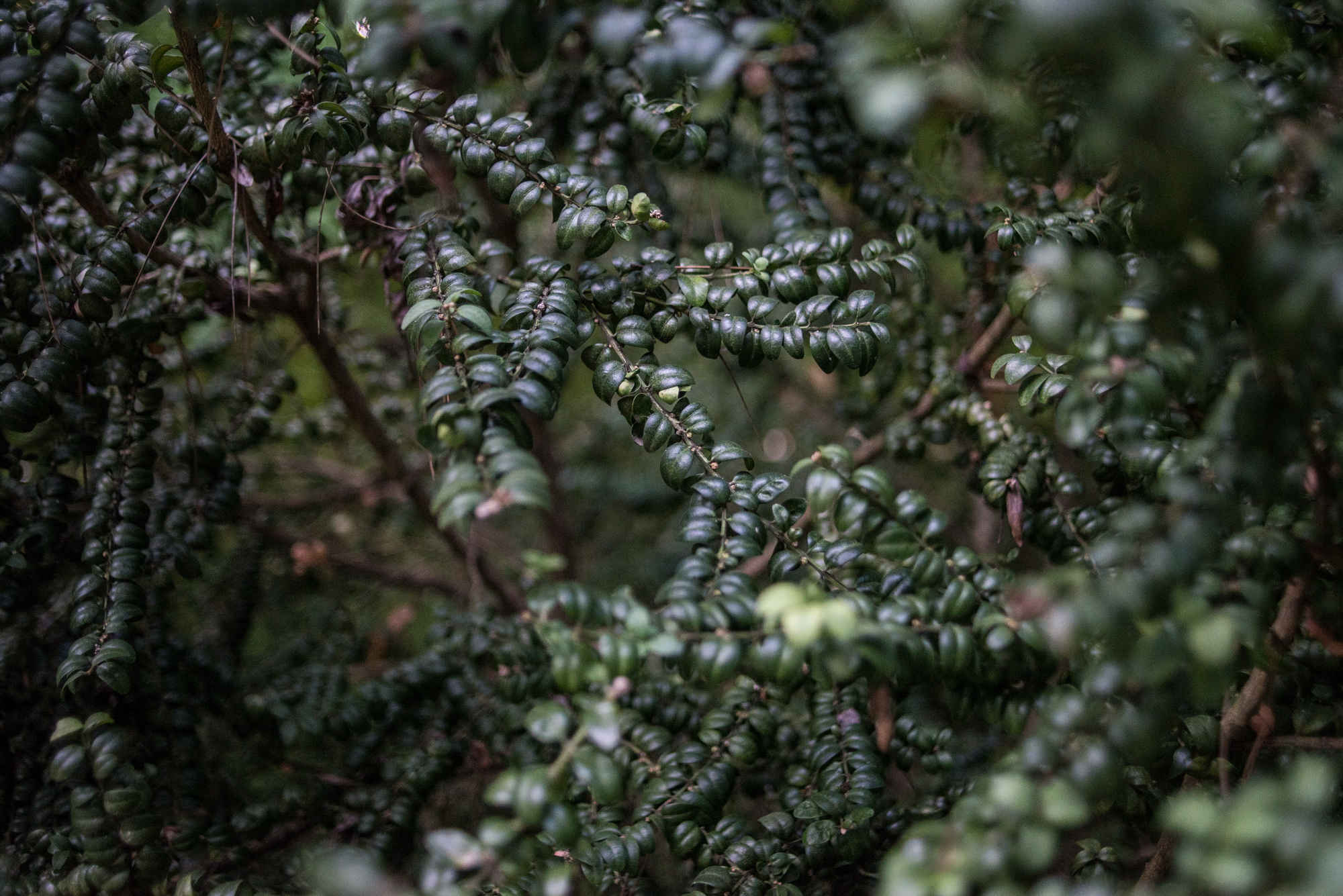
The arboretum is part of the dendrological park with more than 700 types of woody plants. To make good conditions for tall plants in steppe zone, every plant is connected to the water supply.
— In some places, we can see wood drying because there’s no proper water supply. In addition, dry winds are blowing here from the steppe. And the dendrological park ponds, which need to be a moisturizing factor for the environment, actually have no water today.
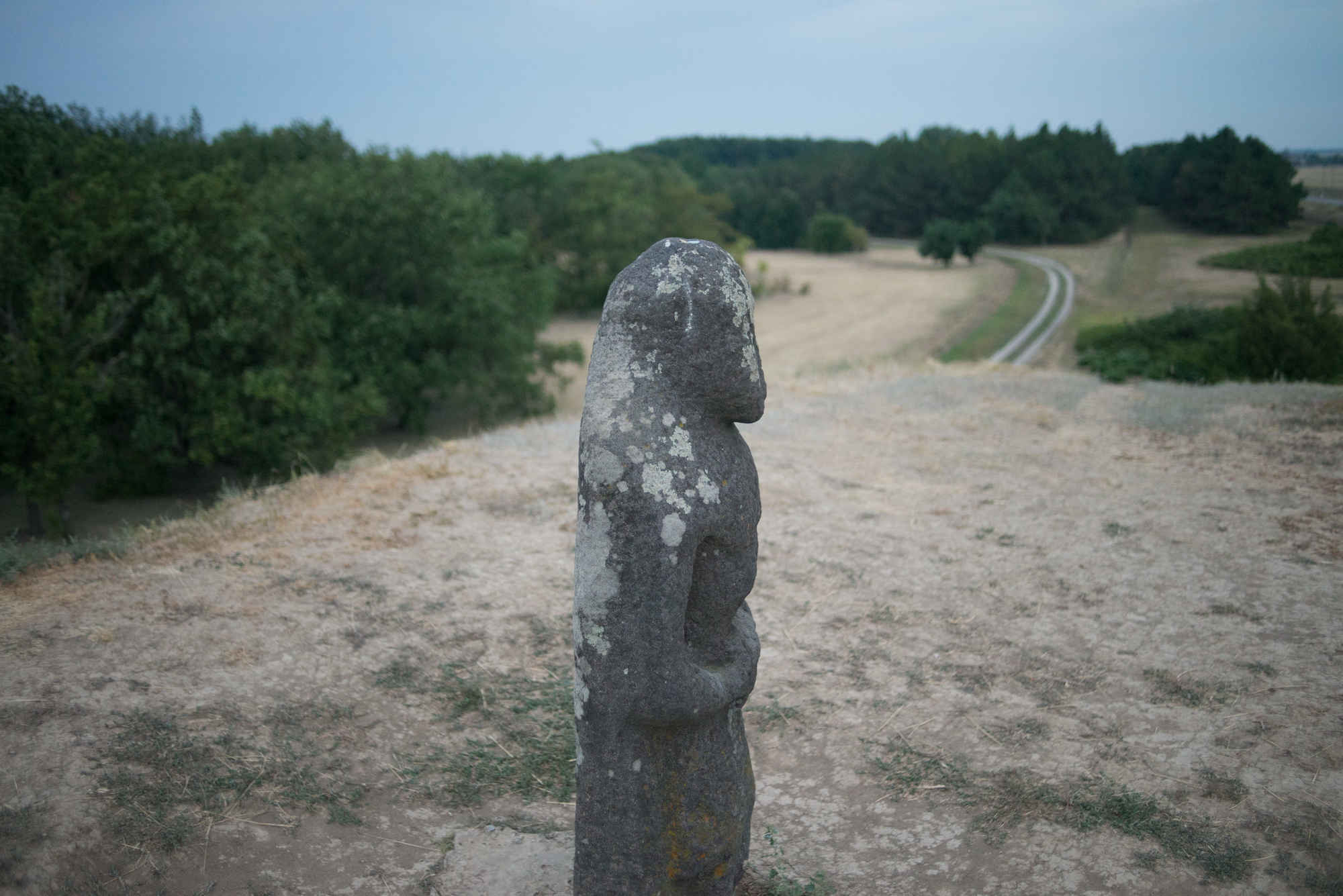
To save what we have
According to Ascania’s director, people in Ukraine are treating nature poorly. There are a lot of farmers and entrepreneurs interested only in harvesting grain. And then they start burning everything. It’s a huge violation of the Kyoto agreement, an international agreement about limiting greenhouse gas emissions.
— I’m really indignant with the fact that people can’t understand that saving humans as a biological species is possible only in the case that we save our environment.
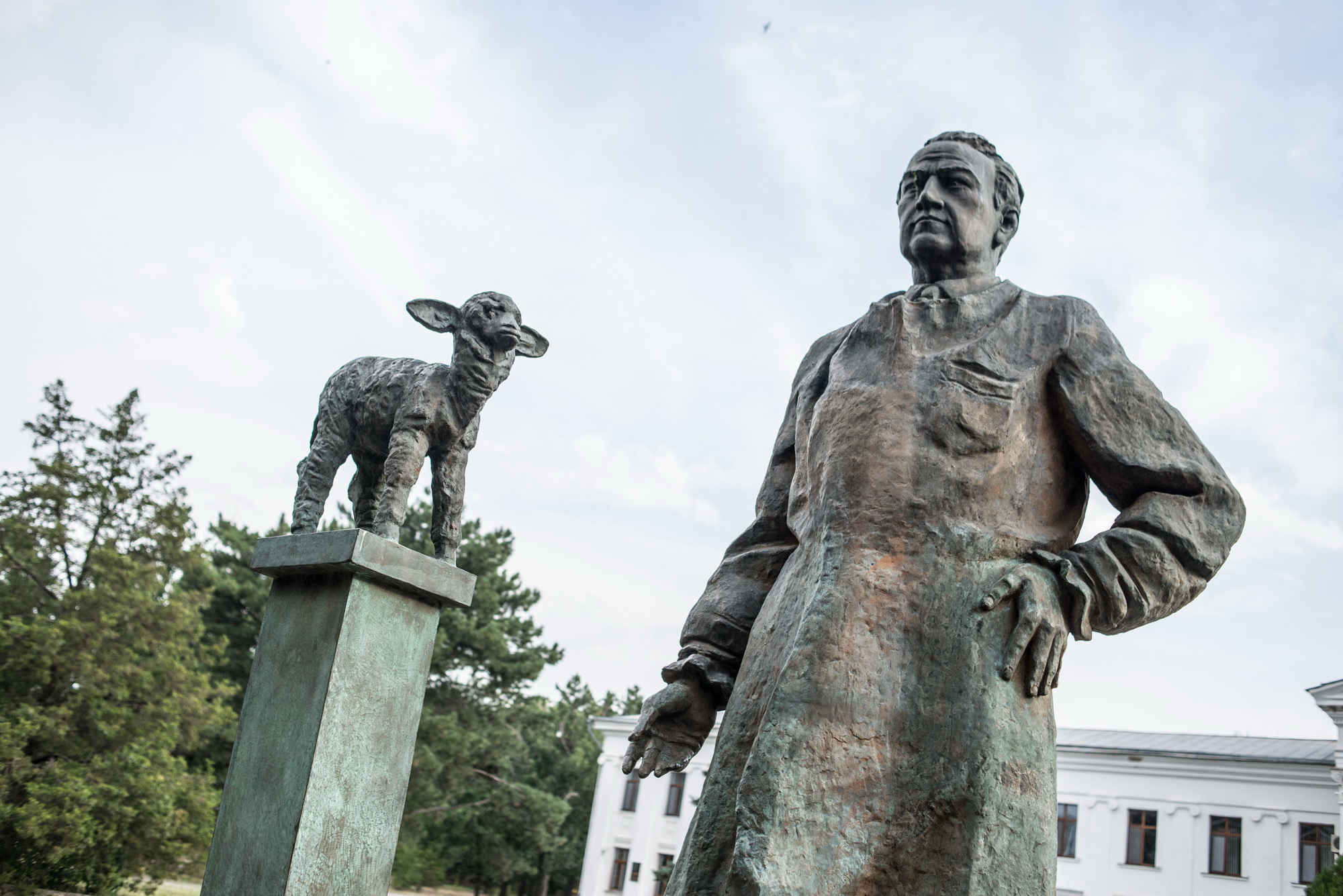
Monument of academic M. Ivanov opposite to the entrance of the Institute of Livestock of Steppe Regions at Askania-Nova.
Workers of Askania-Nova constantly monitors natural processes on the reserve’s territory. Less space is left for the steppe’s animals and insects because they are pushed out by other species from different natural areas.
The main purpose of Askania-Nova is to preserve the steppe in its natural state
Because of such competition between animals, some of the steppe’s plants that animals aren’t eating are spreading too fast. Viktor is anxious not to start fires under such conditions. Scientists of Askania are observing the changes in climate really carefully because if the steppe burned the whole natural reserve would be destroyed.
— We aren’t hiding at homes — we’re following the rainstorms.” Because of that, we protected the steppe from fire last year. We are still doing this.
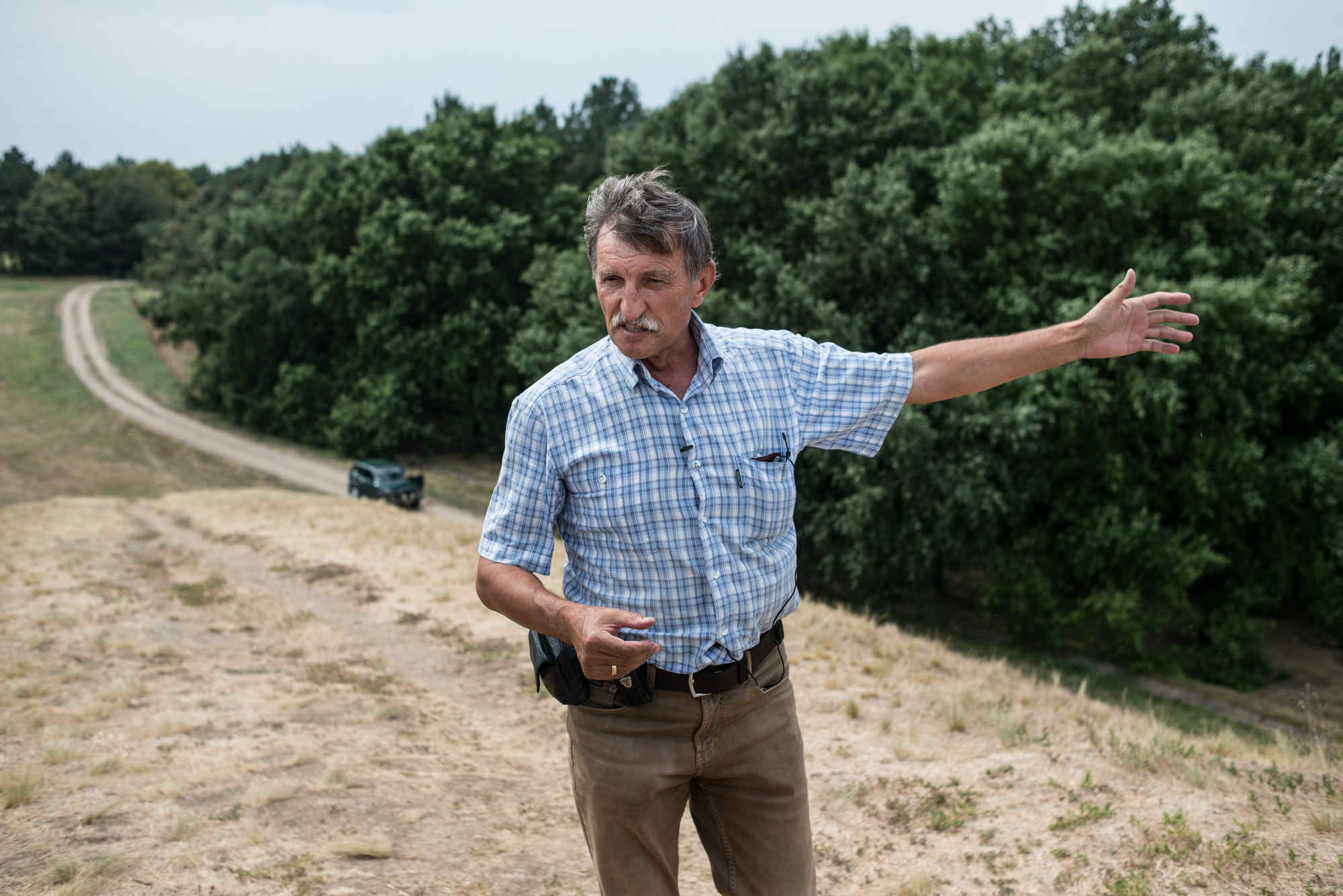
Viktor
Viktor Havrylenko started working as the reserve’s director for the last 27 years. Originally he’s from Shevchenkove village Zaporizhzhia region. Growing up on a farm in the family of a veterinarian, Viktor discovered wild nature not by books. He studied at the biological faculty and his thesis was about ecological problems. Before Askania, Viktor was working for 12 years at the Moldovian reserve Kodry:
— I tell my coworkers that I’m the wildest one of them. Nobody was living for such a long time out of civilization, in the forest.
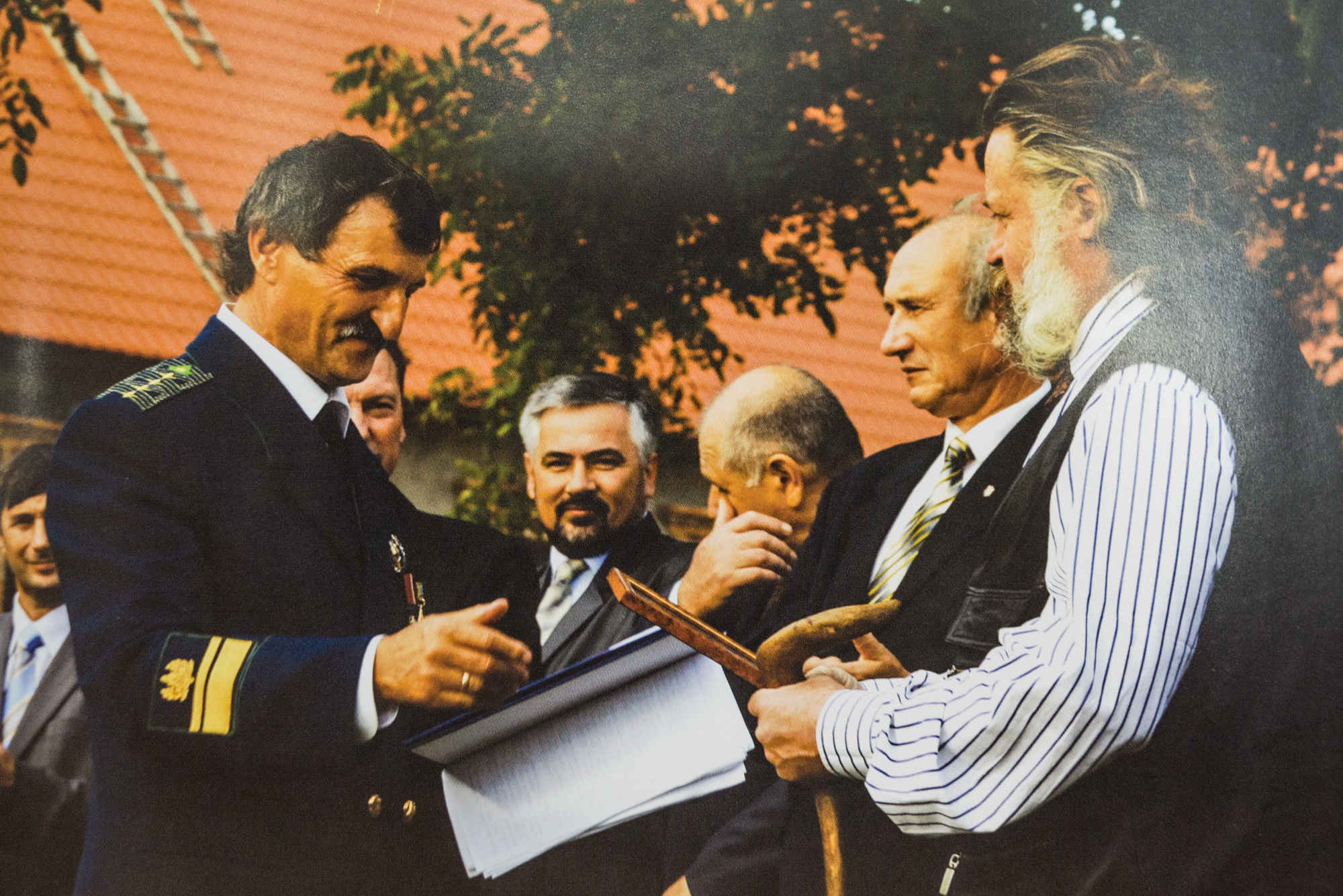
In 1990, Viktor was elected as director of Askania-Nova. He says that it was also a huge wish of his father.
— My father said, ‘Son, how nice it could be if you transferred to Askania!’ It’s like my father’s last wish that I’m still following step by step.
Viktor tells us that he always wanted to work in the nature reserve sector. After learning about the steppe from his father working in the forest, and always worrying about the Ukrainian ecological situation, Viktor says he was able to fully realize himself here at Askania-Nova.
— I can’t stop enjoying nature. I’ve been working in this area for a quite long time but cannot stop.
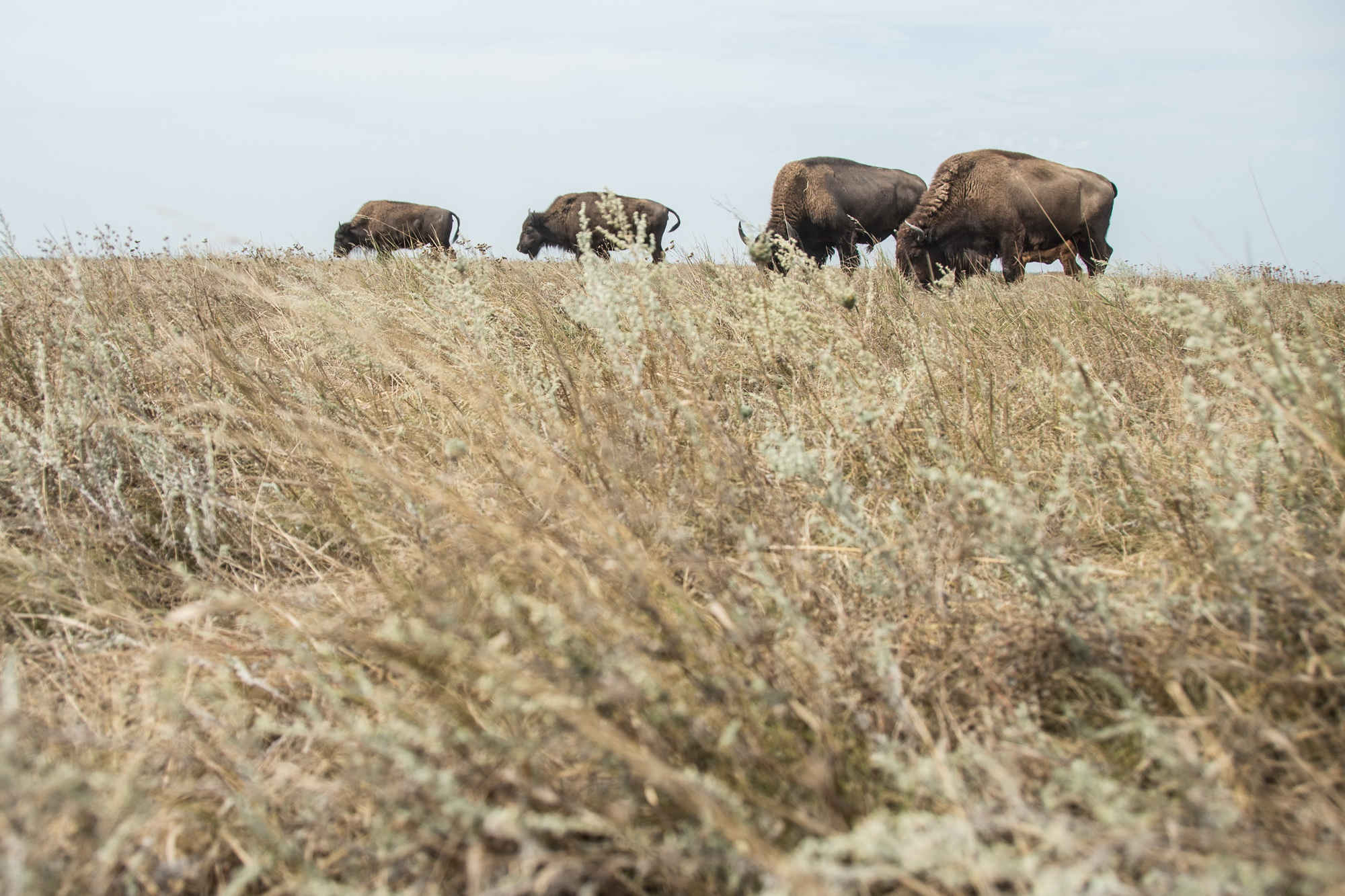
Viktor remembers that when he came to Askania, it needed to be fixed up in many ways. Environmental organizations were separated and had conflicts. Poaching also occurred here.
— I remember that in 1993, we saw two hunters. We took their guns but we couldn’t catch them. One of them ran to our car, took my gun, and put it on me. The gun was loaded but the trigger wasn’t raised up. I knew that. I came closer to that man and told him to put the gun back in its place. He couldn’t stand my gaze so he dropped the gun and ran away. Then we went to the police but nobody was found.
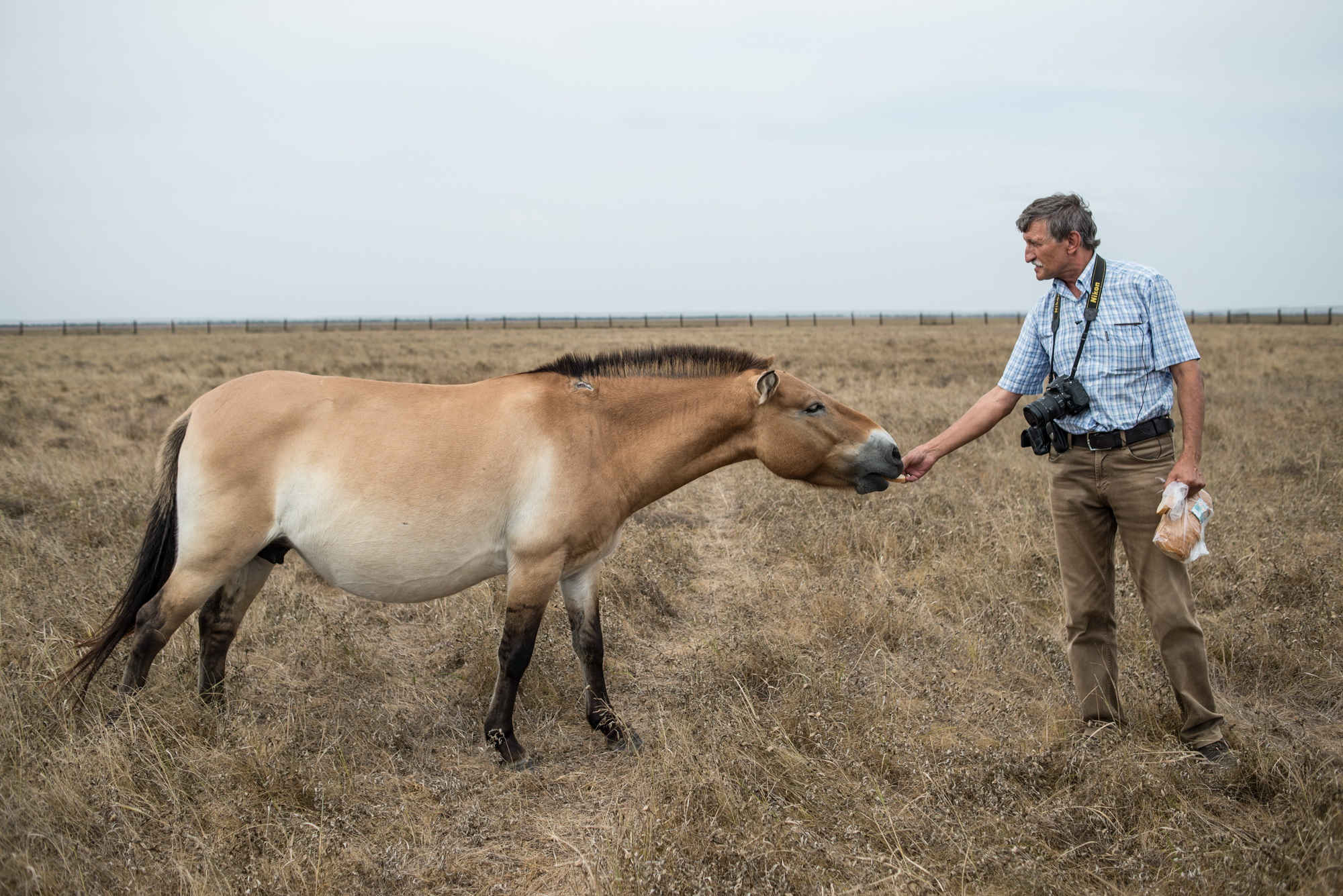
In 1989 the reserve got legal status. All scientific work was concentrated in the Institute of Animal Care, and inside the reserve was only environmental units. After the collapse of the Soviet Union, the workers of Askania-Nova created the draft law “On the Nature Reserve Fund of Ukraine”. In June 1992, parliament passed it. Viktor says this is how his team ensured the legal development of the environment in Ukraine.
Viktor Havrylenko also likes scientific photography. He always carries his camera with him because the opportunity to catch a nice shot can happen at any moment. He’s romanticizes his “favourites”. He shows us a saiga that has separated from the other animals.
— No, you know, he’s a totally good guy, but he prefers to be alone. There are the same kind of people who don’t like company. So you see, because I didn’t drive this animal it will know that this car is safe. If it’s necessary to show how to catch animals I will take another car.
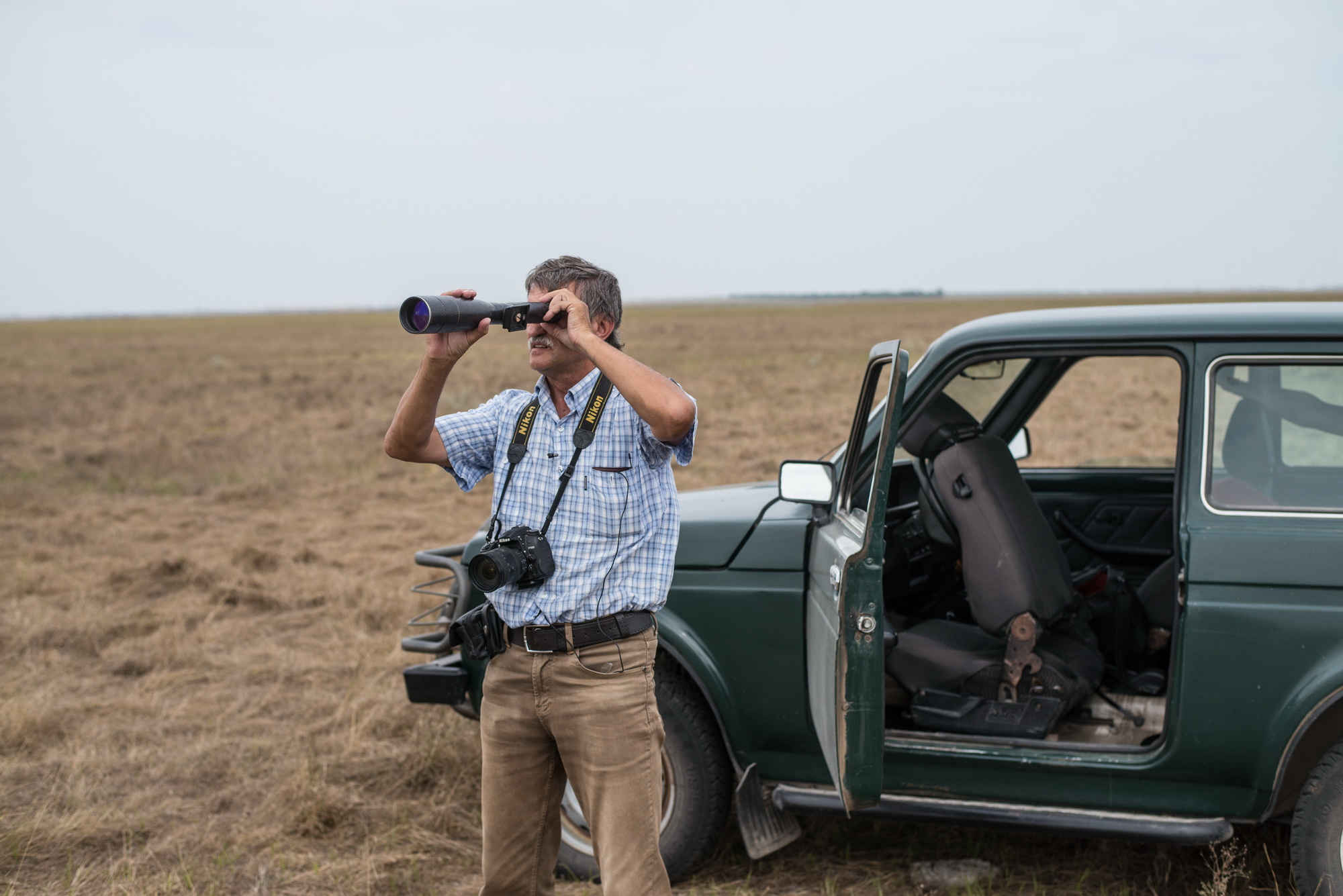
According to the law, Viktor can apply to be the Askania-Nova director for another term. According to Viktor, there aren’t a lot of candidates who can replace him. But they will still need to choose somebody.
— It will be a contest based on the law ”On Science and Scientific Activities. Today, the reserve employs people who can continue our business. I’m saying ‘our’, not ‘mine’. Because I’m also a person who will continue the case started by Friedrich Faltz-Fein.
Today, 273 people work at the reserve. Only 18 of them are scientists. Viktor says that only by supporting science can we save such a Ukrainian natural treasure as Askania Nova.
— Everything’s moving, life’s changing so fast. The time’s flowing so fast so we need to work without rest. The same with nature — it’s a bad idea to follow the views from the 20th century. Today, we need to work on a biodiversity conservation system.
Askania-Nova is a place where you can feel the whole beauty of nature. As Viktor Havrylenko says, the reserve is beautiful at any time of year: every season has its own colour, smell, and atmosphere. And in his opinion, only with consistent and regular communication with nature can you achieve this harmony.
How we filmed it
On our vlog, see what else is interesting in the Pryazovain region and meet enthusiasts in love with their work.

